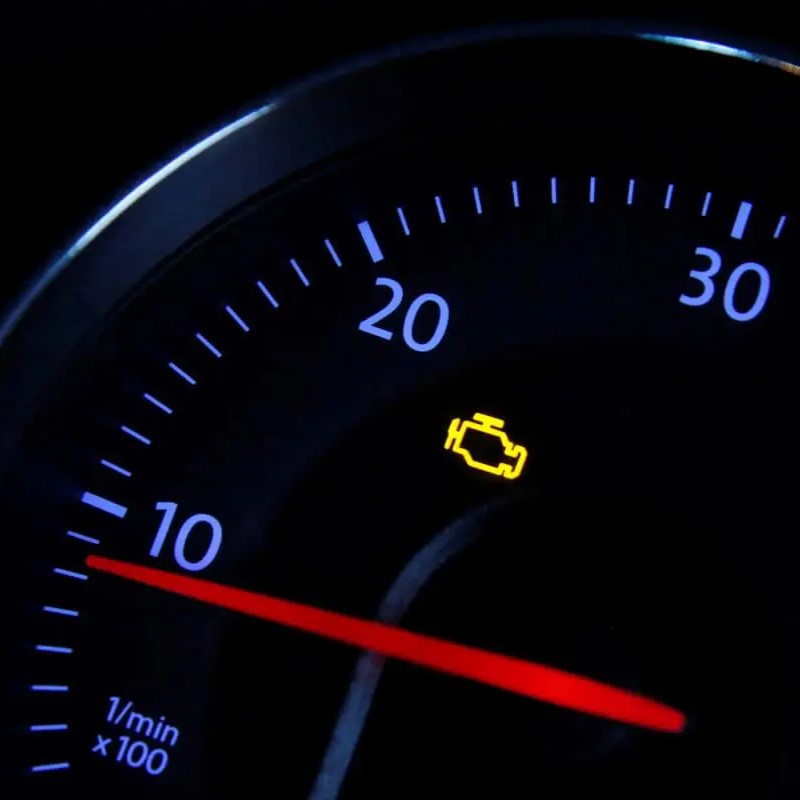A functioning car is a necessity for most people. So, when your car sputters and hesitates to accelerate, accompanied by a glaring traction control light on the dashboard, it can be a frustrating and concerning experience. This article delves into the reasons behind these symptoms and offers guidance on getting your car back to normal.
Understanding Traction Control
Traction control is a safety system designed to prevent your wheels from losing grip on the road. It works by monitoring wheel speed and engine output. If the system detects a wheel spinning faster than the others (indicating a loss of traction), it reduces engine power or applies individual brakes to regain control. This can be particularly helpful in slippery conditions like rain, snow, or ice.

The Connection Between Traction Control and Acceleration
When the traction control light illuminates and your car struggles to accelerate, it signifies that the system has intervened to prevent a potential loss of control. This intervention can manifest in a few ways:
- Reduced Engine Power: The most common response is a decrease in engine power. This essentially puts your car in a “limp mode,” limiting acceleration to prevent further wheel spin.
- Throttle Modulation: Some systems may modulate the throttle electronically, essentially acting like a governor to control engine power delivery.
- Selective Braking: The system might apply brakes to individual wheels that are losing traction, further hindering acceleration.

Potential Causes of the Issue
Several factors can trigger the traction control light and limit acceleration. Here’s a breakdown of some common culprits:
- Wheel Speed Sensor Issues: These sensors monitor wheel rotation. If a sensor malfunctions or becomes dirty, it can send incorrect signals to the traction control system, causing it to activate unnecessarily.
- Anti-Lock Braking System (ABS) Malfunction: The ABS system is closely linked to traction control. A faulty ABS component can lead to a malfunctioning traction control system.
- Low Brake Fluid Level: Low brake fluid can trigger the traction control light, even if the brakes themselves are still functional. This is because the system relies on proper hydraulic pressure to operate.
- Faulty Traction Control Module: In some cases, the electronic control module responsible for managing traction control might be malfunctioning.
- Tire Problems: Uneven tire wear, incorrect tire pressure, or a damaged tire can disrupt traction and activate the system.

Troubleshooting Steps You Can Take
Before resorting to a mechanic, here are some initial steps you can attempt:
- Visual Inspection: Check your tires for any visible damage or uneven wear. Ensure they are inflated to the recommended pressure as specified in your car’s manual.
- Brake Fluid Level: Locate the brake fluid reservoir under the hood and consult your manual for the correct level. If it’s low, top it up with the appropriate brake fluid type.
- Consult Your Owner’s Manual: Your car’s manual might offer specific troubleshooting tips related to traction control light warnings.
When to Seek Professional Help
If the initial checks don’t resolve the issue, it’s advisable to seek professional assistance. A mechanic can use specialized diagnostic tools to pinpoint the exact cause of the problem. Here are some situations where a mechanic’s expertise becomes crucial:
- Complex Issues: Diagnosing problems with wheel speed sensors, ABS components, or the traction control module itself often requires specialized equipment and expertise.
- Safety Concerns: A malfunctioning traction control system can compromise your car’s handling and safety. A mechanic can ensure the system is functioning properly before you get back on the road.
- Resetting the System: While some traction control lights might reset on their own after resolving the underlying issue, others might require a professional reset using diagnostic tools.

Prevention Tips
Here are some practices to help prevent future traction control issues:
- Regular Maintenance: Schedule regular car maintenance that includes inspecting tire condition, brake fluid levels, and overall system checks.
- Driving Cautiously: Avoid aggressive acceleration, especially in slippery conditions. Practice smooth and controlled maneuvers.
- Winter Tires: Consider using winter tires for improved traction during colder months.
Regular inspection and cleaning of wheel speed sensors
Wheel speed sensors play a vital role in your car’s safety systems, particularly traction control and anti-lock braking systems (ABS). These unsung heroes discreetly monitor your wheels’ rotational speed, sending crucial data to the car’s computer. By incorporating regular inspection and cleaning into your car care routine, you can ensure these sensors function optimally.
Why Wheel Speed Sensors Matter
Imagine driving on a rainy day. One wheel hits a slick patch, momentarily losing traction. The wheel speed sensor detects this disparity in speed compared to the other wheels. It then relays this information to the ABS and traction control systems. These systems take corrective action, preventing the wheel from locking and maintaining control of the vehicle.
Signs of a Dirty or Faulty Sensor
Several symptoms might indicate a problem with your wheel speed sensors:
- Illuminated Traction Control Light: This is a common telltale sign that the system has detected an issue with wheel speed data.
- ABS Light Activation: Since ABS and traction control often work in tandem, a faulty sensor might trigger both warning lights.
- Erratic Speedometer Readings: Inaccurate or fluctuating speedometer readings can point towards a sensor malfunction.
- Reduced Engine Power: The car’s computer might limit engine power as a safety measure if it receives unreliable speed data.
Keeping Your Sensors in Top Shape
Fortunately, maintaining your wheel speed sensors is a relatively straightforward process:
- Visual Inspection: During regular tire rotations or brake checks, take a moment to inspect the sensors for any visible damage, corrosion, or debris buildup.
- Cleaning: If you notice dirt or grime on the sensor, you can carefully clean it with a compressed air hose or a soft brush. Avoid using harsh chemicals or applying excessive force.
- Consult Your Manual: Your car’s owner’s manual might offer specific cleaning instructions for the wheel speed sensors.
Remember: While cleaning the sensors yourself is possible, for a more thorough inspection and potential replacement if necessary, consulting a qualified mechanic is always recommended.
By incorporating these simple steps into your car care routine, you can help ensure your wheel speed sensors function properly, contributing to a safer and more controlled driving experience.

A lit traction control light with limited acceleration can be a concerning experience. However, understanding the system’s role and potential causes equips you to take initial troubleshooting steps. If the issue persists, seeking professional help from a qualified mechanic is the best course of action to ensure your car’s safety and performance are restored. Remember, prioritizing regular maintenance can go a long way in preventing these issues from arising in the first place. With the right knowledge and approach, you can get your car back on the road, running smoothly and safely.





